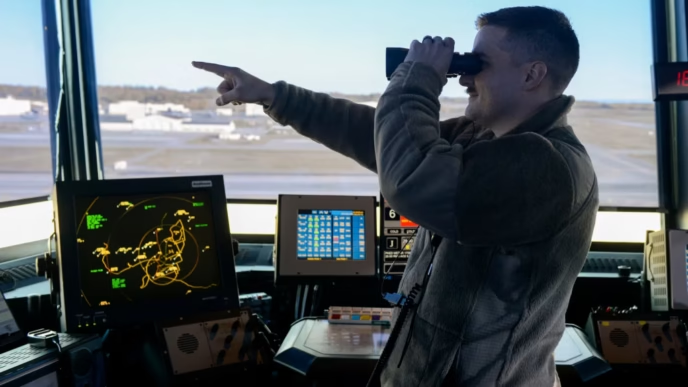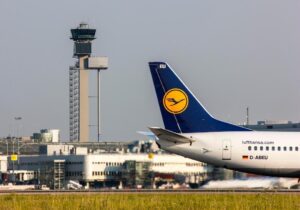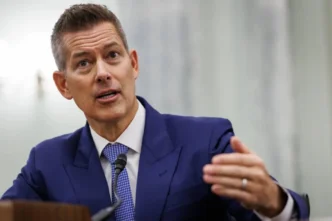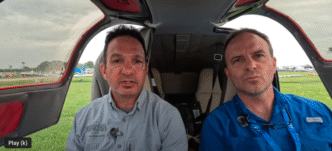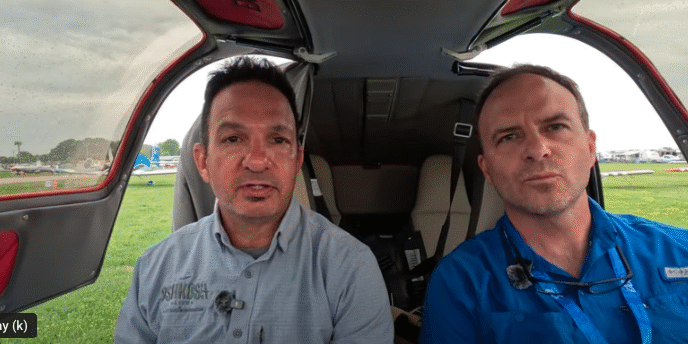For over ten years, the U.S. has been grappling with a worsening shortage of air traffic controllers, and it’s now reached a critical point. This shortage is causing major headaches for airports, leading to flight delays and putting a strain on the FAA’s training system. Despite attempts to fix the issue, the gap between the number of certified controllers and what’s needed to safely manage U.S. airspace keeps growing. As of early 2025, there are only about 10,800 certified controllers on the job, far short of the 14,600 required to keep things running smoothly. Nearly 280 out of 300 air traffic control facilities are understaffed. Even small disruptions, like a government shutdown, can halt training and delay the process further. The pandemic also put a freeze on hiring for nearly two years. The FAA estimates they need to bring in at least 3,000 new controllers to reach sustainable staffing levels.
The impact of this shortage is already being felt. In New York, one of the busiest airspaces, the FAA has had to limit the number of flights. United Airlines reports that delays happen daily, even when the weather is clear, simply because there aren’t enough controllers. They claim that 68% of their 2024 delays on clear-weather days were due to staffing issues. Fatigue is another growing concern, with some controllers working six days a week, 10-hour shifts for years. Larger airports are hit hardest, and some airlines are rerouting flights to smaller airports to manage. While the U.S. is facing the most severe shortage, it’s not alone. Europe, Canada, and Australia are also experiencing staffing challenges, but none face the same mix of bottlenecks and regulatory hurdles as the U.S.
One of the biggest challenges is not attracting interest but turning that interest into qualified hires. The FAA’s hiring process is extremely selective, with only about 10% of applicants making it through the initial screening, and even fewer completing the multi-year training. Applicants must be U.S. citizens under 31, pass strict medical and security checks, and have near-perfect vision. Bifocal contacts and colorblindness are disqualifiers. Add in academic or work requirements, and many hopefuls are screened out before they even get to a simulator.
#AirTrafficControl #FAA #AviationCrisis
Originally reported by Avionics International Read More


